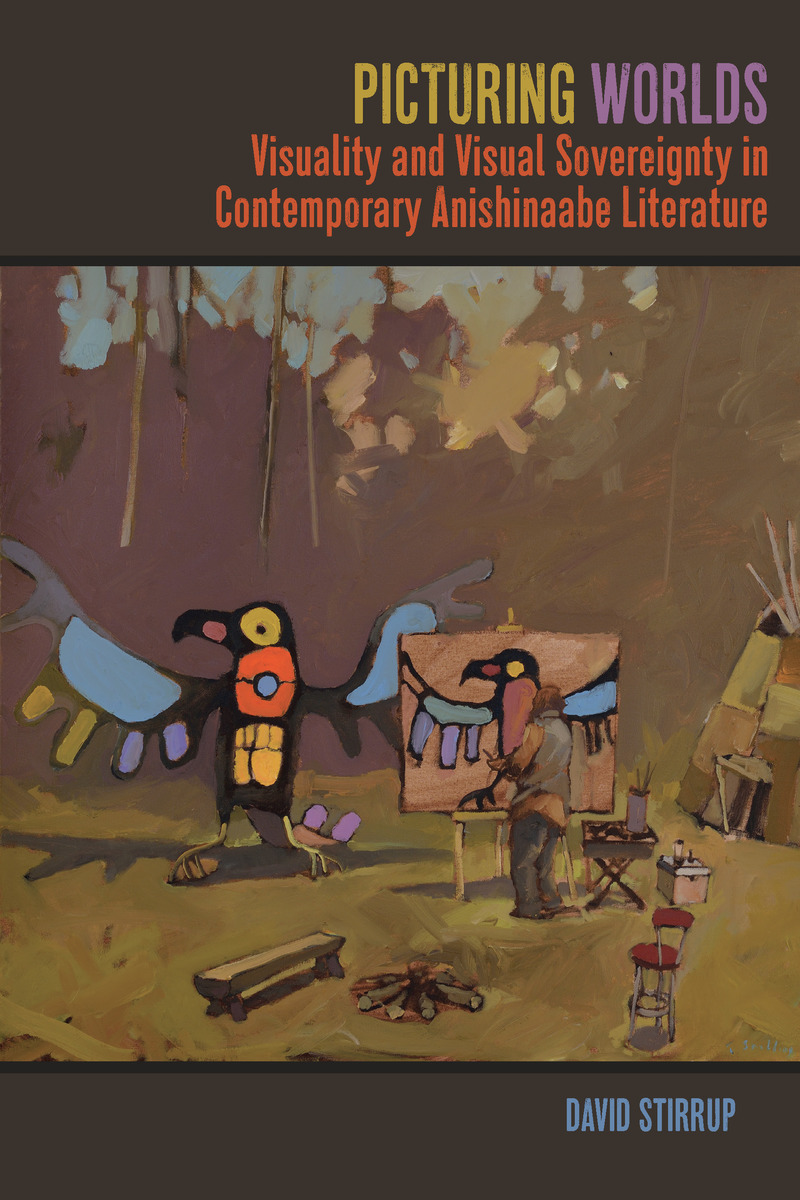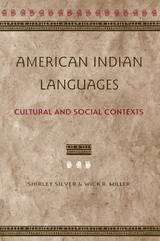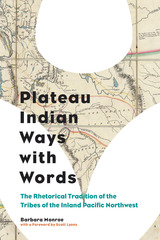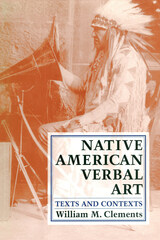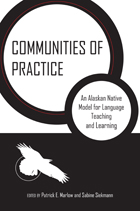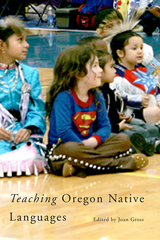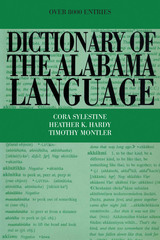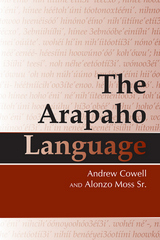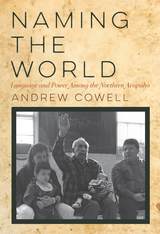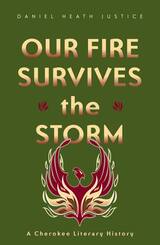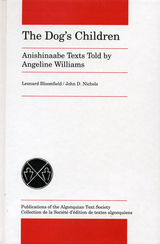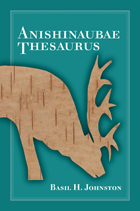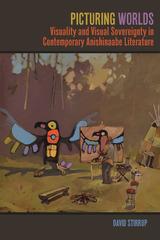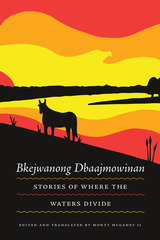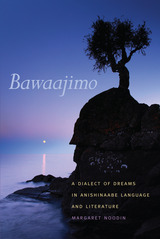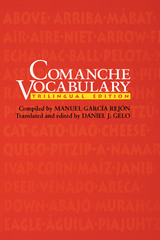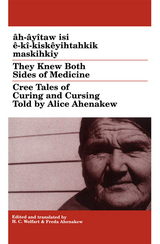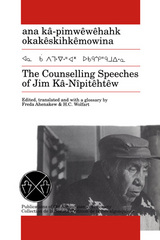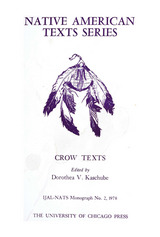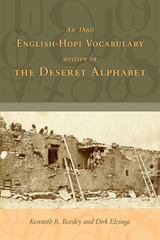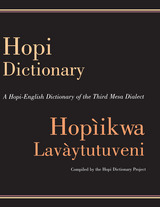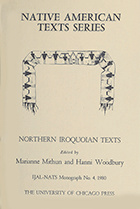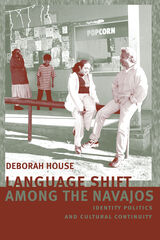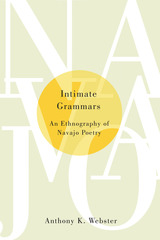Picturing Worlds: Visuality and Visual Sovereignty in Contemporary Anishinaabe Literature
Michigan State University Press, 2020
Paper: 978-1-61186-352-9 | eISBN: 978-1-62896-389-2
Library of Congress Classification PM853.5.S75 2020
Dewey Decimal Classification 897.333
Paper: 978-1-61186-352-9 | eISBN: 978-1-62896-389-2
Library of Congress Classification PM853.5.S75 2020
Dewey Decimal Classification 897.333
ABOUT THIS BOOK | AUTHOR BIOGRAPHY | REVIEWS | TOC | REQUEST ACCESSIBLE FILE
ABOUT THIS BOOK
Paying attention to the uses that Anishinaabe authors make of visual images and marks made on surfaces such as rock, bark, paper, and canvas, David Stirrup argues that such marks—whether ancient pictographs or contemporary paintings—intervene in artificial divisions like that separating precolonial/oral from postcontact/alphabetically literate societies. Examining the ways that writers including George Copway, Jane Johnston Schoolcraft, Gordon Henry, Louise Erdrich, Gerald Vizenor, and others deploy the visual establishes frameworks for continuity, resistance, and sovereignty in that space where conventional narratives of settlement read rupture. This book is a significant contribution to studies of the ways traditional forms of inscription support and amplify the oral tradition and in turn how both the method and aesthetic of inscription contribute to contemporary literary aesthetics and the politics of representation.
See other books on: Material culture in literature | Native American | Ojibwa literature | Visual perception in literature | Visuality
See other titles from Michigan State University Press
